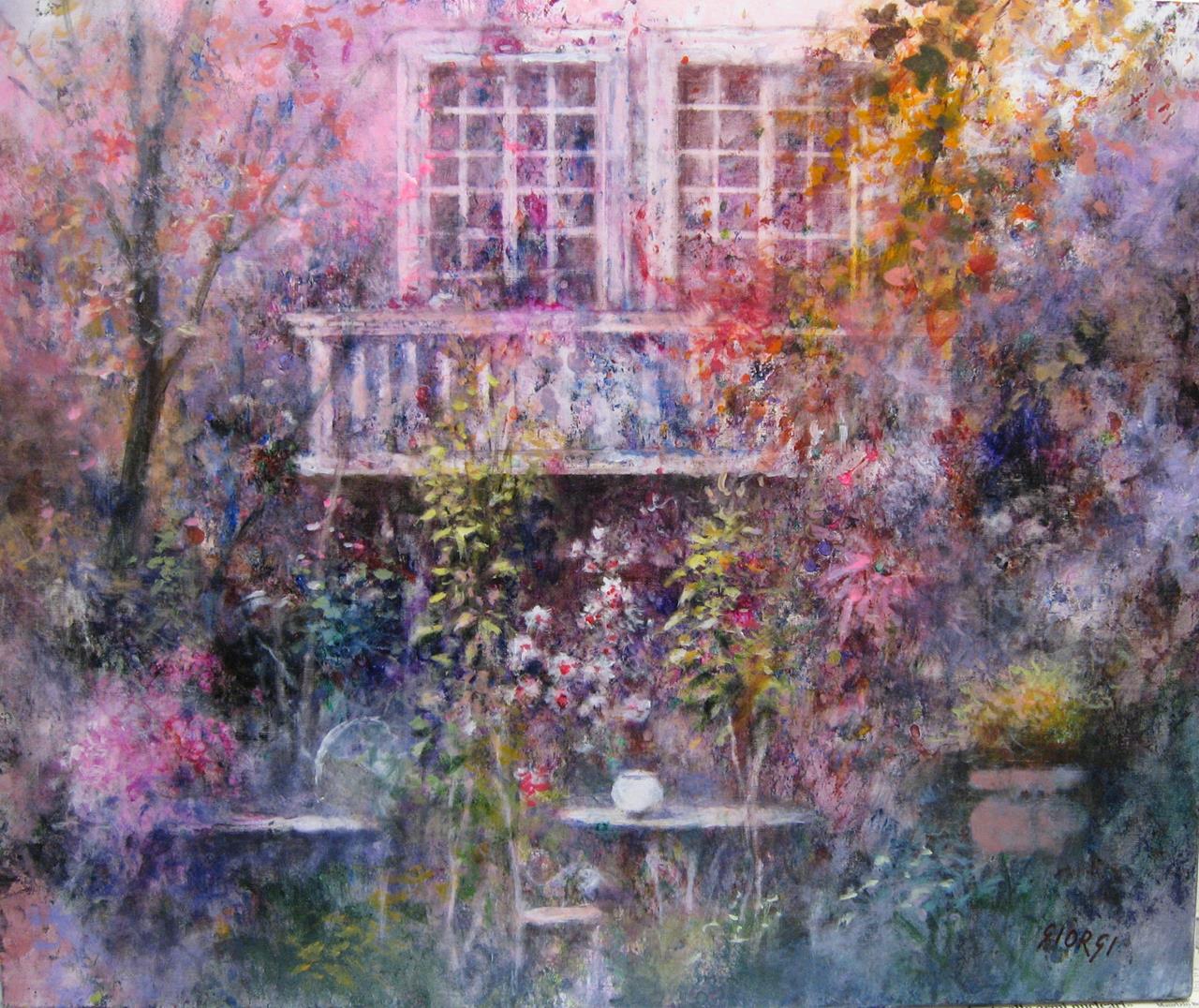Giorgi Giuseppe
20/02/2014
Giuseppe Giorgi was born in 1950 in Borbona, a small town in the Reati Appenines. In 1954 his family moved to Rome and, while he has lived there ever since, he is still strongly attached to his native town. While at school two figures had a particular influence on the young Giuseppe: Sestilio Piccari, his art teacher; and the sculptor Franco Verroca, who introduced him to the study of the figure and use of different materials and tecniche plastiche. Studying architecture between 1969 and 1974 developed his sense of space and design.In Rome, together with other artists of the "Il collettivo" group, he exhibited works dealing with the social and political problems of 'Sixties in a number of galleries (1969). One of his works was awarded a prize by the city of Monterotondo (1970) and earned a place in the art gallery; among the panel of judges was Carlo Levi, who complimented the young artist on the content and severity of his works. Another of his works, Meeting, won the same prize in 1973.1971 saw Giorgi's first individual exhibitions at the Circolo Giornalisti and Studio 45, with another at the Galleria/Libreria Signorelli in 1963. The Galleria della Barcaccia in Rome organised an exhibition of the artist's work in 1974 and published a monograph by Franco Miele, who recognised a natural talent for spontaneity in the treatment of different themes, not eches earlier styles, which can also concentrate only on the minutiae of the subject. In the 1975 Quadriennale Nazionale d'Arte two paintings, Occupazione and Two Women tured in the 'New Representation' section. In a review of the Quadriennale in the 'Nuova Anthologia' magazine, Ugo Moretti brought Giorgi to the attention of the public.1979 brought about a trip to Paris, which would have a strong impact upon Giorgi. Homage to Monet and Nymphs and Reflections in Water were born out of admiration for the works of the great impressionist masters. Some of these works, together with others representing melancholy children with clear floral elements, would appear at the New York Art Expo of 1981. An exhibition held at Mitsukoschi in Tokyo (1989) marked the beginning of a close relationship with Japan through the Sanbi Galleries, which organised a number of both individual and collective exhibitions. Further exhibitions in various Italian cities followed, including L'Aquila

